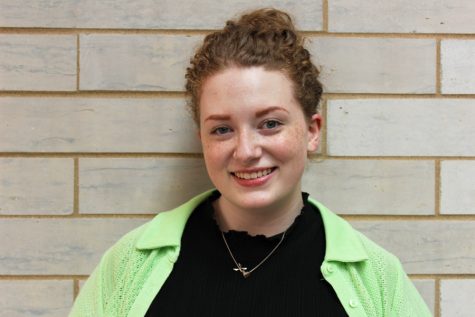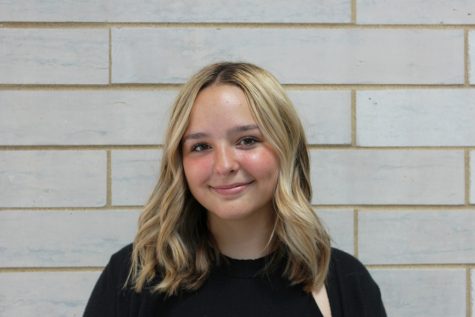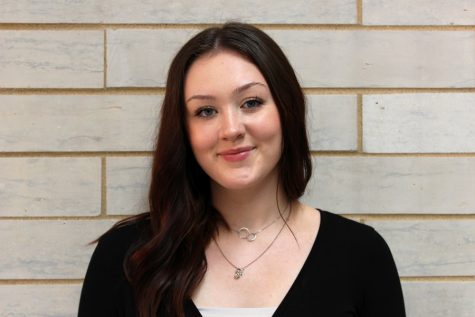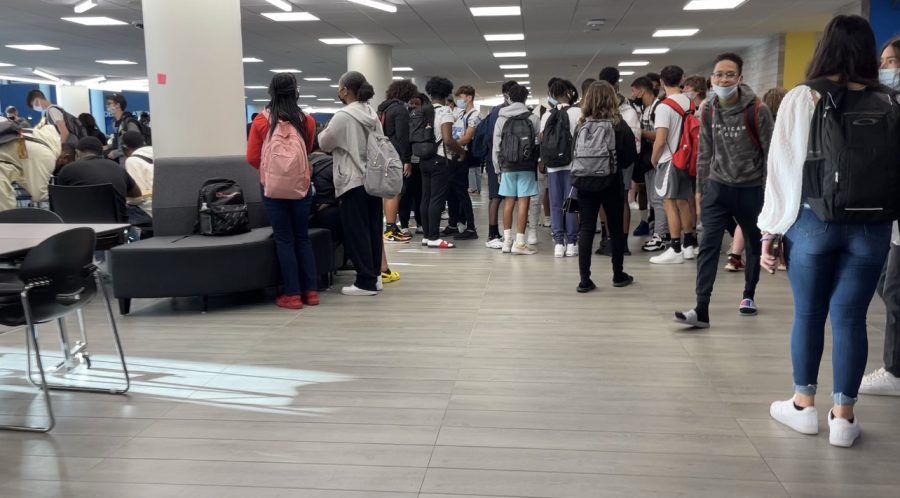Crowds and their consequences: Packed hallways raise concerns among students, staff
Description: Students and teachers express how they’re impacted by congestion in the hallways. Interviewees: Senior Angela Manevska, Lauren McSweeney, Principal Edward Schwartz
Since the beginning of the school year, students have been provided with more food options for lunch and more places to sit before classes. However, members of the school community have expressed concerns about something that students have yet to receive more of: personal space in the hallways during passing periods.
On Aug. 16, DGS welcomed back the entire student body to the building for the first time since the pandemic caused the school to switch to a remote format in March 2020. The school day returned to the traditional, eight-period schedule with five minute long passing periods as opposed to the four-period block schedule with ten minute passing periods that was adopted for the last school year. This schedule requires more students to be traveling through the halls at once.
Sophomore Sabrina Crowley detailed her own experience walking through the hallways between classes.
“I would describe them as overwhelming once in a while. I’m claustrophobic, so sometimes it gets a little crazy,” Crowley said.
Crowley also expressed that at times, she has trouble getting to her classes due to the crowding.
“Especially on the C and D staircase. The staircase is always so packed, and it moves so slow that it takes a while to get to class,” Crowley said.
DGS recently unveiled the completed renovations laid out in the master facility plan. Senior Ashley James shared that despite the added space, she still struggles to travel through the school comfortably during passing periods.
“I felt like with new spaces being added it would be less crowded in certain spaces and it would be easier to get to classes, but I still feel like it’s just as crowded as usual,” James said.
The lack of personal space not only affects students’ comfort in the halls, but it also has left some people alarmed about the risk of COVID-19 transmission.
“They expect us to stay three feet apart, but it’s nearly impossible since we have so many students in places at one time. A lot of students don’t really regard their masks as much. They don’t wear it properly, so I guess I feel like our safety is a little compromised,” James said.
Members of the staff have also noticed similar behaviors in regards to COVID-19 protocol. Social studies teacher Sean Liston detailed some of the worries he has heard from other members of the school community.
“Students and staff have shared that they avoid some areas of the building or wait until different parts of the passing period to lower the risk of perceived COVID transmission due to lax mask wearing,” Liston said.
Liston believes that these issues can be avoided with conscious efforts made by students.
“COVID and mask burnout is so real. Yes, it’s annoying that you have to be reminded to put on your mask by adults, but we’ve been dealt this hand and have to make the best out of it. We have an opportunity to stay in school and have as normal a year as possible,” Liston said.
Despite the apparent burnout surrounding COVID-19 prevention measures, the need for students to wear their masks properly and socially distance to the best of their ability remains crucial.




